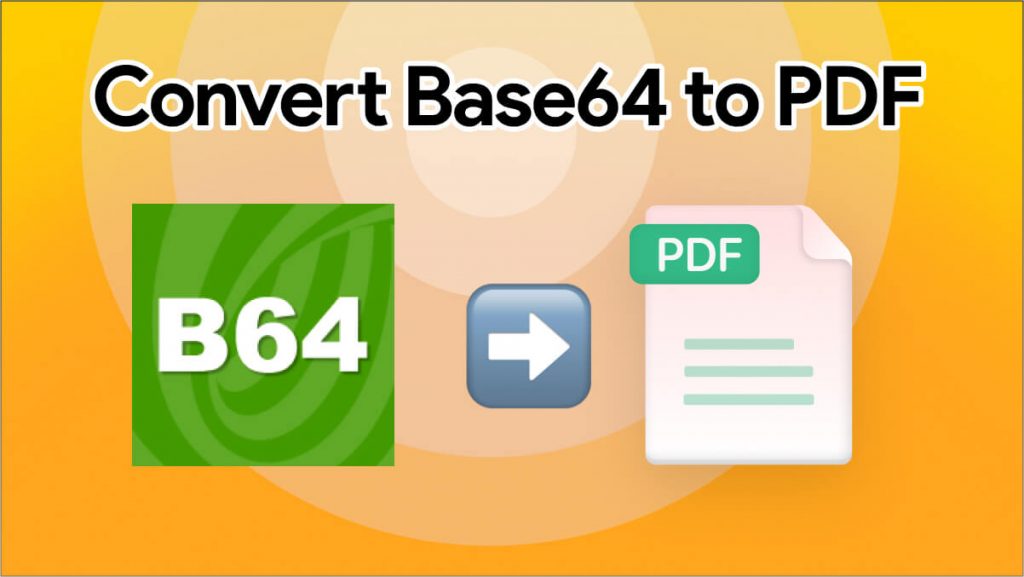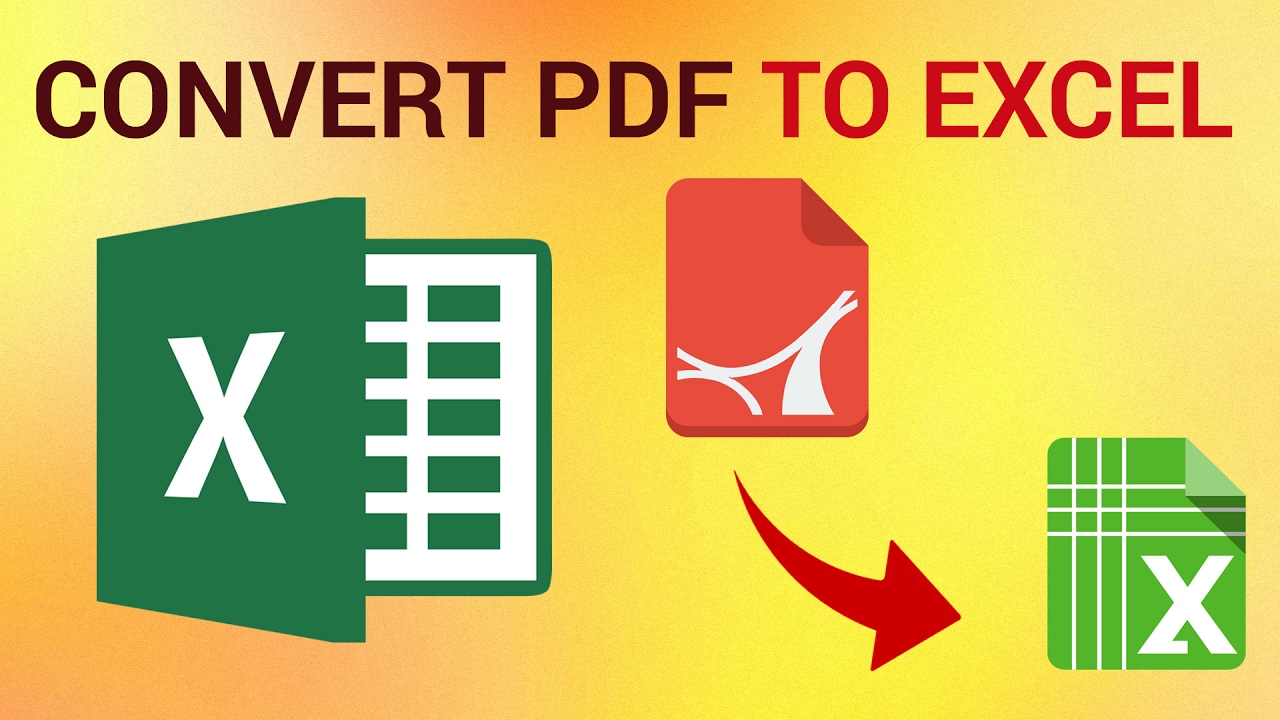
How to Convert Base64 to PDF | Simple Developer Guide (No-Code Edition)
How to Convert Base64 to PDF
Base64 encoding is used everywhere in modern applications — from APIs to backend systems to mobile apps. PDFs, images, and other file types are often transmitted or stored in Base64 format because it converts binary data into readable text.
But at some point, you need to take that Base64 string and convert it back into a real PDF file.
This guide explains how to do that easily using a no-code approach, perfect for both developers and non-technical users.
👉 Use this tool now — Base64 to PDF Converter
What Is Base64 and Why Is It Used?
Base64 is a text-based encoding technique that transforms binary files (like PDFs) into plain text. Developers and systems use Base64 because it:
✔ Works across all programming languages
✔ Safely transmits files through APIs
✔ Can be used inside JSON, HTML, or XML
✔ Prevents unreadable binary characters
✔ Useful for embedding documents in databases
A Base64 PDF usually looks like this:
Sometimes the string begins with:
Both formats are valid.
The Easiest Way — Convert Base64 to PDF Online (Recommended)
The fastest and cleanest way to decode Base64 into a real PDF file is by using a free online converter.
Unlike programming solutions, this method requires no code, no setup, and no software.
🔥 Benefits of the online tool:
-
Converts any Base64 PDF string into a downloadable file
-
Works instantly
-
Supports long Base64 documents
-
100% browser-based
-
Secure auto-deletion
-
Works on mobile, Windows, Mac, Linux
How to Use the Base64 to PDF Tool (Step-by-Step)
Step 1: Copy your Base64 string
Select the full Base64 text from your API response, log file, or database.
Tip: Make sure there are no missing characters.
Step 2: Open the Base64 to PDF converter
Step 3: Paste the Base64 string
Paste the entire encoded text into the input field.
The tool automatically detects:
-
Whether the prefix exists
-
Whether the string contains whitespace
-
Whether the string includes line breaks
Everything is handled automatically.
Step 4: Click “Convert”
With a single click, the Base64 text is decoded and turned into a valid PDF file.
Step 5: Download the PDF
The tool generates a clean, ready-to-open PDF without affecting quality.
🎉 Done — no coding, no installation.
When Do You Need to Convert Base64 to PDF?
✔ API responses
Many APIs return documents in Base64 format.
✔ Mobile and web apps
Base64 is used for file uploads, previews, and downloads.
✔ Debugging backend systems
Developers often need to check whether a Base64 string contains a valid PDF.
✔ Database exports
Some databases store documents in Base64 form.
✔ Email attachments
SMTP and MIME messages use Base64.
✔ Security scenarios
Documents may be encoded to avoid corruption during transfer.
Common Base64 Problems (and How to Fix Them)
Even advanced developers face issues when dealing with Base64.
Here are the most common:
Problem 1 — PDF File Won’t Open
Cause: Base64 string is incomplete or corrupted.
Fix: Ensure the entire string is copied correctly.
Problem 2 — “Invalid Base64” Error
Cause: Spaces or line breaks inserted during copying.
Fix: Use a clean, uninterrupted Base64 string.
Problem 3 — MIME Prefix Included
Example:
Some tools require removing this prefix —
But your online tool automatically handles it, so no action needed.
Problem 4 — Encoding Issues
Base64 ≠ UTF-8.
Never treat Base64 as text — it must be decoded as binary.
Advantages of Using an Online Tool Instead of Code
| Feature | Online Tool | Writing Code |
|---|---|---|
| Speed | ⭐⭐⭐⭐⭐ | ⭐⭐⭐ |
| No installation | Yes | No |
| No errors | Yes | Possible |
| Works on mobile | Yes | No |
| Best for beginners | Yes | No |
| API testing | Yes | Requires scripts |
The online method is ideal for:
-
QA testers
-
Developers debugging
-
Business users
-
Students
-
API consumers
-
Anyone needing Base64 → PDF quickly
Examples of Where Base64 PDFs Are Used
🧠 In APIs
Payment gateways, document verification systems, and e-signature platforms often return PDFs as Base64.
📱 In mobile apps
Flutter, React Native, Swift, and Kotlin apps frequently transmit files in Base64.
🧾 In backend systems
Java, PHP, Python, Node.js, Laravel, Django… all use Base64 encoding in certain workflows.
🌐 In web forms
Uploads and downloads can use Base64 for compatibility.
Understanding how to decode Base64 is essential — and using the right tool makes it effortless.
Best Practices for Handling Base64 PDFs
✔ Always validate the Base64 string
A single missing character can corrupt the PDF.
✔ Don’t store Base64 permanently
Base64 increases file size by 33%.
✔ Use HTTPS
Base64 is not encryption — protect data during transfer.
✔ Remove whitespace
When copying logs or API data manually.
✔ Prefer no-code tools for quick testing
Much faster than writing scripts.
FAQ
Q1: Are Base64 files secure?
No — Base64 only encodes data. It does not encrypt anything.
Q2: Will the PDF be the same after conversion?
Yes — decoding is lossless.
Q3: What if my Base64 is extremely long?
The tool supports very large Base64 strings.
Q4: Does the Base64 need a prefix?
No — both formats are supported.
Q5: Are my files private?
Yes — all files are deleted automatically after processing.
Conclusion
Converting Base64 to PDF doesn’t require coding or complex tools.
With a simple online converter, you can decode any Base64 string into a usable PDF in seconds — fast, accurate, and secure.
👉 Use the free converter here: Base64 to PDF Tool
Perfect for developers, testers, and everyday users who need a quick, no-code Base64 decoding solution.


